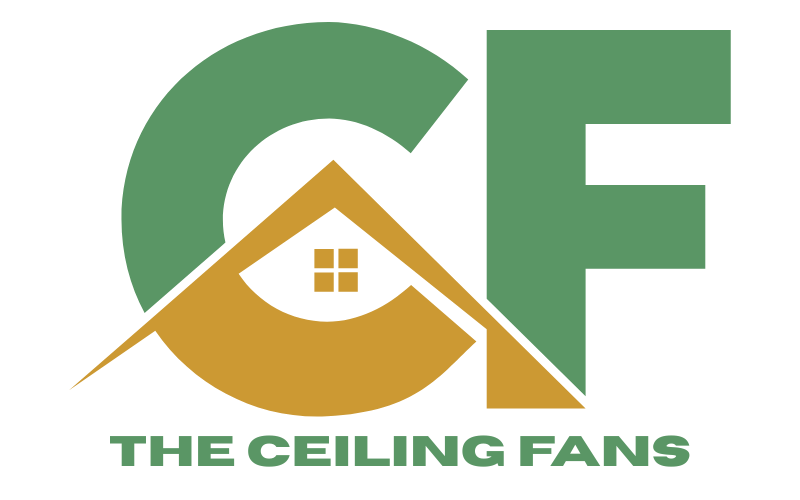When it comes to cooling your space, fans remain one of the most energy-efficient and cost-effective options. Among the various types available, ceiling fans and pedestal fans are two of the most popular choices. But which one is right for you? In this article, we'll compare these two types of fans across several important factors including performance, energy efficiency, cost, design, and ideal usage.
1. Overview
Ceiling Fan:
A ceiling fan is mounted on the ceiling and circulates air by rotating large blades. It's a permanent fixture, often used in bedrooms, living rooms, or offices to promote air movement across a large area.
Pedestal Fan:
A pedestal fan is a portable, free-standing fan mounted on an adjustable stand. It can be moved easily from room to room and is commonly used for personal cooling or in spaces where installing a ceiling fan isn't possible.
2. Air Circulation and Coverage
Ceiling Fan:
- Wider coverage area.
- Ideal for larger rooms.
- Circulates air more evenly across the room.
- Suitable for continuous air movement.
Pedestal Fan:
- Focused airflow.
- Best for direct cooling in small areas.
- Can be rotated or tilted for directional airflow.
- Ideal for temporary or spot cooling.
3. Installation and Portability
Ceiling Fan:
- Requires installation by a professional or skilled DIYer.
- Permanently fixed to the ceiling.
- Not portable.
Pedestal Fan:
- No installation needed.
- Easily movable and adjustable.
- Great for rented spaces or outdoor use.
4. Energy Consumption
Ceiling Fan:
- More energy-efficient for long-term use.
- Consumes around 50-75 watts on average.
- Can reduce reliance on air conditioning.
Pedestal Fan:
- Typically consumes 40-60 watts.
- Slightly less efficient than ceiling fans for whole-room cooling.
- More effective when used in a targeted manner.
5. Noise Level
Ceiling Fan:
- Usually quieter, especially at lower speeds.
- Minimal vibration if installed correctly.
Pedestal Fan:
- Can be noisier due to motor and oscillation mechanism.
- Not ideal for noise-sensitive environments like bedrooms.
6. Aesthetics and Space Usage
Ceiling Fan:
- Blends into room design; available in various styles and finishes.
- Does not take up floor space.
- Can include light fixtures for dual-purpose use.
Pedestal Fan:
- Visible and may not always match decor.
- Takes up floor space.
- Cluttered look in minimalist settings.
7. Cost Comparison
Ceiling Fan:
- Higher upfront cost (fan + installation).
- Long-term savings on energy bills.
- Generally more durable.
Pedestal Fan:
- Lower initial cost.
- No installation fees.
- May need replacement more frequently.
8. Ideal Use Cases
| Scenario | Best Option |
|---|---|
| Large living room | Ceiling Fan |
| Rented apartment | Pedestal Fan |
| Outdoor use (patio, garage) | Pedestal Fan |
| Bedroom with low ceilings | Pedestal Fan |
| Permanent home installation | Ceiling Fan |
| Temporary or movable cooling | Pedestal Fan |
9. Pros and Cons Summary
Ceiling Fan:
Pros:
- Effective for large areas
- Quiet operation
- Stylish and space-saving
- Energy-efficient long-term
Cons:
- Requires installation
- Not portable
- Higher initial cost
Pedestal Fan:
Pros:
- Portable and adjustable
- Easy to set up
- Low initial cost
- Good for focused cooling
Cons:
- Noisier operation
- Takes up floor space
- Less effective in large rooms
Conclusion
The choice between a ceiling fan and a pedestal fan depends on your specific needs:
- Choose a ceiling fan if you want a long-term, energy-efficient solution for cooling a larger room and prefer a more permanent fixture.
- Opt for a pedestal fan if you need portability, temporary cooling, or are looking for a budget-friendly solution for smaller areas.
In many cases, a combination of both fans offers the best of both worlds ceiling fans for general air circulation and pedestal fans for targeted cooling when needed.
